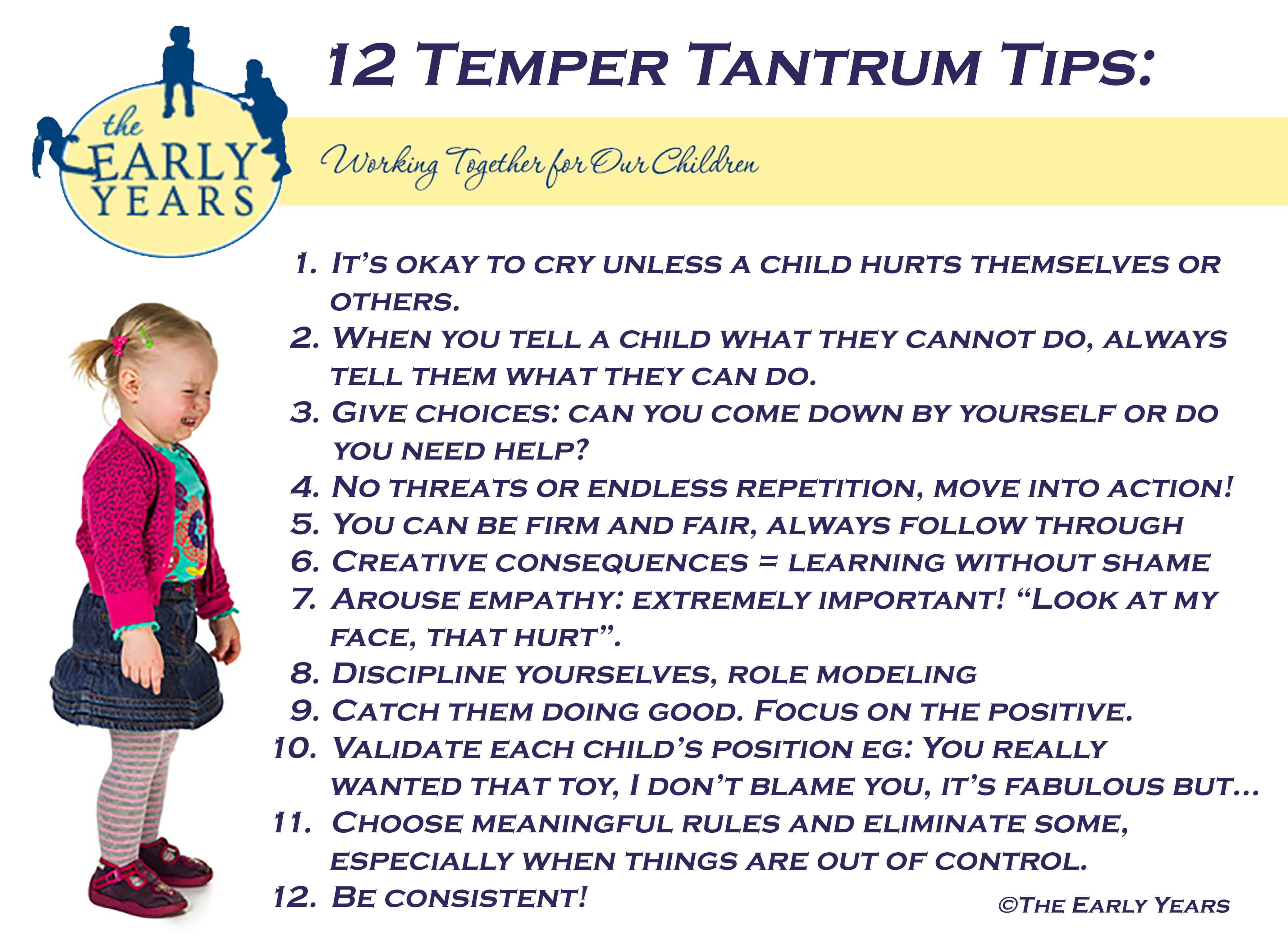“Only through freedom and environmental experience is it practically possible for human development to occur” ~ Maria Montessori
As parents we certainly are impressed with our children’s use of technology. No matter the age, everyone seems plugged in today, online or engaged in some way. These workshops help use social media as “teachable moments”. We need to set rules according to children’s developmental stages and have the confidence to guide them through each phase.
Most kids have iPads or access to one. How does it affect social conduct?
Did you know that only 20% of communication is done through our words? The other 80% needs to be seen and heard.
Our voice tone and our bodies speak a language that is part of saying to someone things like: “I was angry when you did that”, or “I love you”, or “I need something” or, maybe just: “let’s play”.
We want to be able to arouse empathy in children. That means we want to give them tools that will increase their awareness of the impact they have on those around them. How they affect family, friends and community. We cannot do that if they are having relationships via text and although face time on iPhones is great if you are miles away from a loved one, it cannot replace sitting next to someone and really being present.
If we are upset and need to communicate , sometimes it’s good to take the time to calm down, to wait and think it through. The internet is providing instant gratification. We want to help our young children and teens skills in self-regulation and waiting. Too much time on the internet breaks that down.
They become less accountable for what they say and the difference between what’s public and what’s private become intertwined.
Social networking is here and it can be used for great things, used appropriately it allows access to a larger field of information but we need to teach our children what to do with knowledge. It’s not always about what we know, but how we use it.
So…children need to be guided through this as they would anything else.
Some helpful tips:
- We need to teach them through our own role modeling to “do good in the world simply for the sake of doing good”.
- Help them through consequences that teach, to be accountable for the right and wrong decisions they will make.
- Keep them safe by teaching them to have a critical eye.
- Social media is another way to have those teachable moments. Set rules according to what they can handle-know your child. Even during the TV only years, I had to stop my son from watching ninja turtles because he was so influenced, he was jumping from high places.
- Have rules concerning the times of day and amount of time they are on. I recommend that these gadgets are not in their bedrooms.
- Know the sites they are visiting
- Teach your children about strangers on the internet the way you learned about strangers when you were young.
- Be present at the family dinner table, do not keep your i-phone next to you. We had a rule at dinner time-no one answers the phone. The same rule applies to any form of social media.
- Create opportunities for healthy communication between you and your children, stay close by in ways that will draw them to you and not away from you.
If your child does not feel respected by you, then he or she will find some sort of media that will. He may become someone he always wanted to be rather than loving himself the way he is.
And while talking on Facebook, playing games etc… can seem like a social activity it can isolate them from handling real life situations.
We can embrace new technology but with balance, within reason like everything else.
Last note: We haven’t changed all that much, only our methods in how we do things. When I was growing up there was no caller ID so kids made lots of prank phone calls or ordered pizzas to their neighbour’s homes, all for a laugh. Now we have more ways to do the same.
Safe surfing, Sharyn





